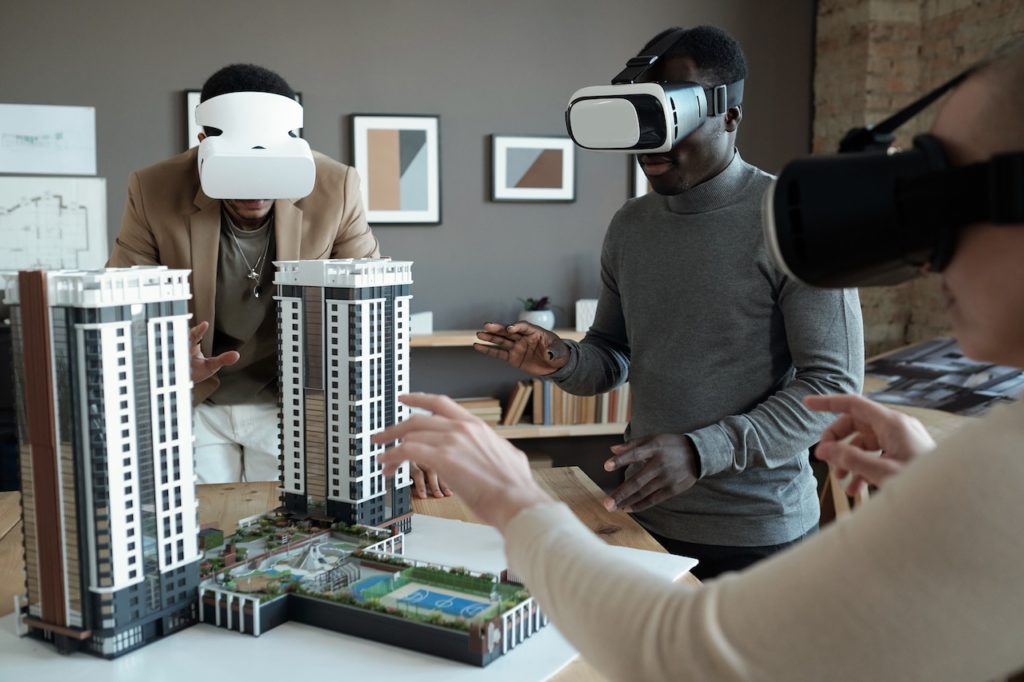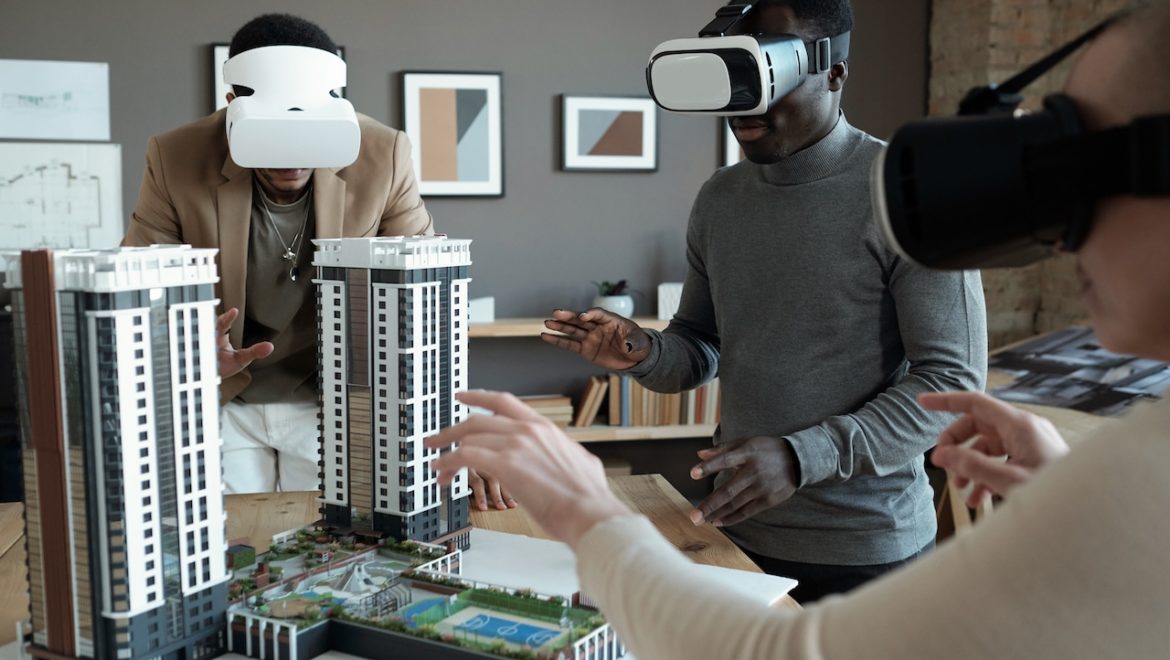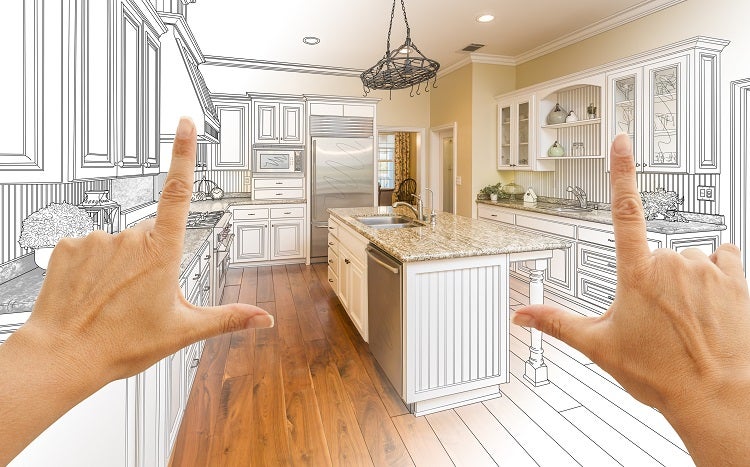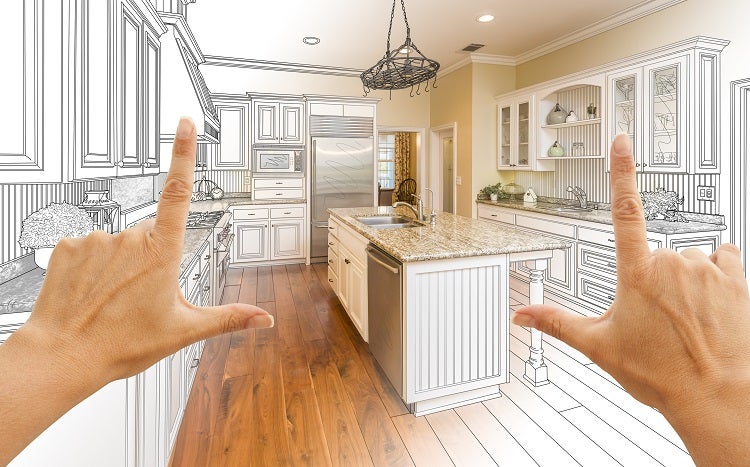Architectural Technology Trends: Shaping the Future of Design and Construction
In the fast-paced world of architecture and construction, staying updated with the latest technological trends is crucial to remain competitive and deliver innovative solutions. Architectural technology is evolving rapidly, transforming the way we design, build, and even experience spaces. In this blog, we will explore some of the most impactful architectural technology trends that are shaping the industry and the future of our built environment.
Building Information Modeling (BIM)
Building Information Modeling (BIM) has revolutionized the way architects and construction professionals plan and execute projects. BIM is a digital representation of a building’s physical and functional characteristics, allowing for more efficient collaboration and decision-making throughout the project’s lifecycle. It facilitates 3D modeling, clash detection, cost estimation, and even facility management, streamlining the construction process and reducing errors.
Virtual Reality (VR) and Augmented Reality (AR)
VR and AR technologies have become invaluable tools for architects and clients alike. VR enables architects to create immersive 3D walkthroughs of their designs, allowing stakeholders to experience the space before it’s built. AR overlays digital information onto the real world, aiding in design visualization and on-site construction guidance. These technologies enhance communication, reduce misunderstandings, and improve the overall design process.
Sustainable Design and Green Building Technologies
The architectural industry is increasingly focused on sustainability and environmental responsibility. Green building technologies, such as energy-efficient HVAC systems, solar panels, and sustainable materials, are becoming standard in architectural design. Furthermore, architects are utilizing advanced simulation software to analyze and optimize a building’s energy performance, ultimately reducing its carbon footprint.
Parametric Design and Generative Algorithms
Parametric design and generative algorithms are transforming the way architects approach form and function. These technologies enable architects to create complex, organic shapes and structures that were once difficult to conceive and design manually. Algorithms can optimize designs for various factors like sunlight, wind, and user preferences, leading to more efficient and aesthetically pleasing buildings.
3D Printing and Robotic Construction
The use of 3D printing in architecture is growing rapidly, offering new possibilities for customized building components and even entire structures. Large-scale 3D printers can create complex architectural elements with precision and speed. Additionally, robotics are being employed for tasks such as bricklaying and concrete pouring, increasing efficiency and reducing labor costs.
Smart Building Technologies
Furthermore, smart buildings are equipped with integrated systems that enhance occupant comfort, security, and energy efficiency. IoT (Internet of Things) sensors and automation systems allow for real-time monitoring and control of various building functions. These technologies enable architects to design spaces that adapt to occupants’ needs and environmental conditions, ultimately improving the quality of life within buildings.
Digital Twin Technology
Digital twin technology involves creating a virtual replica of a building or infrastructure asset. This twin is continuously updated with real-time data from sensors and IoT devices. Architects can use digital twins to monitor a building’s performance, predict maintenance needs, and make data-driven design decisions. This technology is invaluable for enhancing building efficiency and reducing long-term operational costs.
Conclusion
Architectural technology trends are reshaping the way we design and construct buildings, pushing the boundaries of what is possible in the built environment. As architects and construction professionals continue to adopt these innovations, we can expect to see more sustainable, efficient, and visually stunning buildings that meet the evolving needs of society. Finally, embracing these trends is not just a matter of staying competitive; it’s about creating a better, more connected, and environmentally responsible world through architecture.









